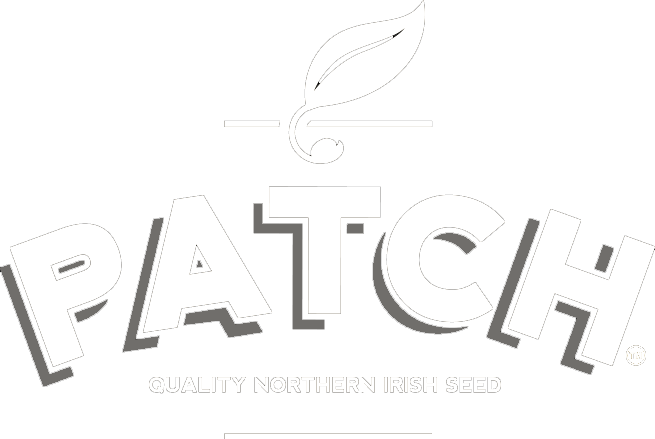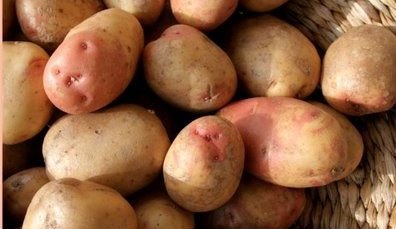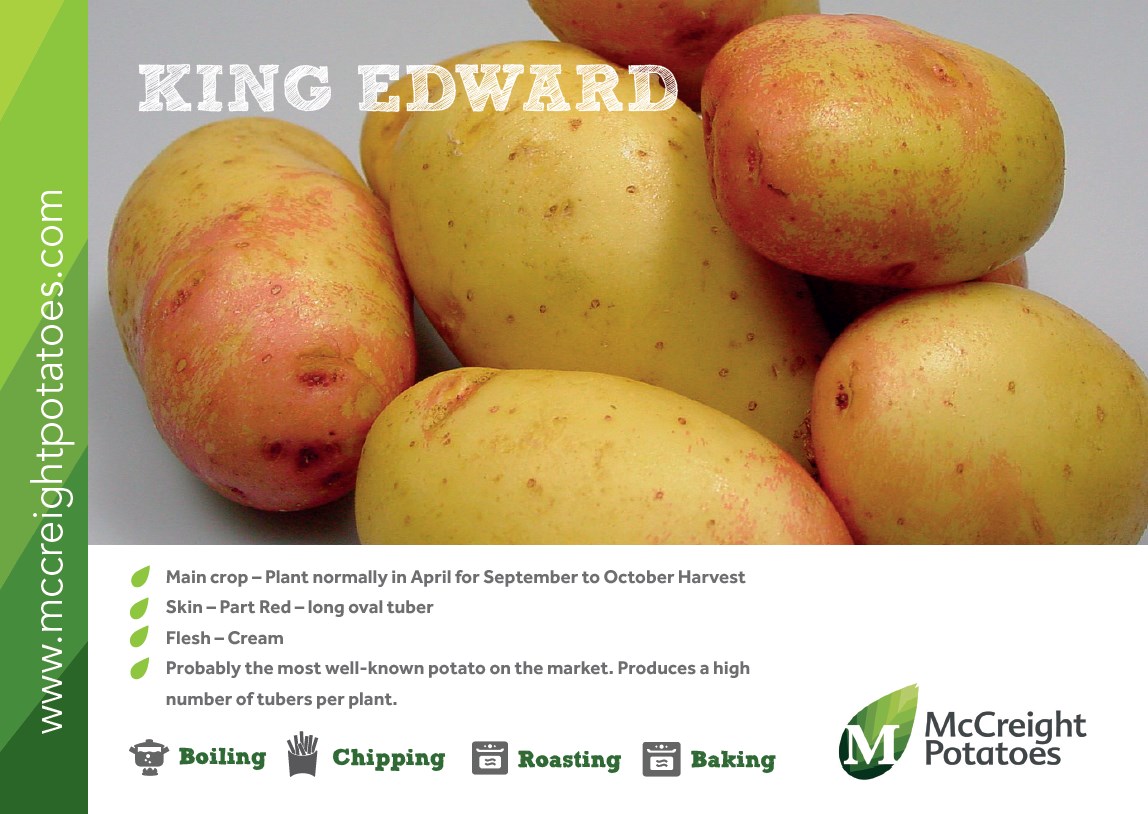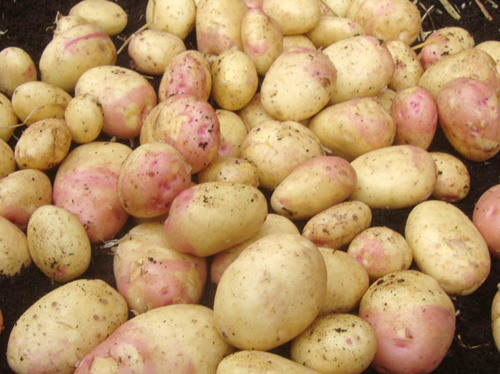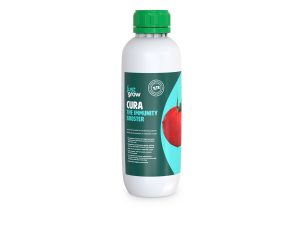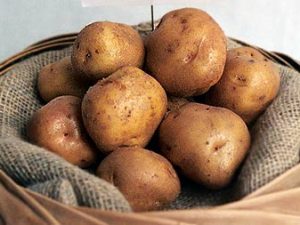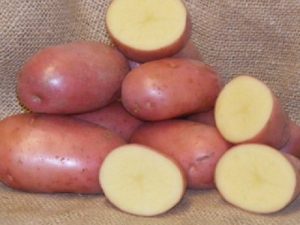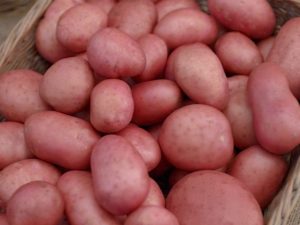King Edward Seed Potatoes
From £6.99
Description
King Edward are probably the most well known potato on the market, and for good reason. The oval tubers have attractive red eyes, and once cooked King Edward rarely discolour.
A late maincrop maturity producing moderate yields, while throwing high numbers of tubers per plant.
King Edward’s have been around for a hundred years, you can’t argue with that sort of staying power!
Certified Irish Seed
- Early planting in Feb-March for an August harvest
- Plant normally April for a September-October harvest
**DISPATCH WILL BEGIN DECEMBER/JANUARY FOR ALL VARIETIES **
Please don’t hesitate to contact Alex if you have any questions.
All our potatoes are held in cold storage. You will not find better quality potatoes anywhere else.
Certified Seed Potatoes.
More than 50 varieties available, we can post as many tubers as you need. Likewise, please get in touch if you require a larger quantity than on the website.
Grow yourself some genuine IRISH potatoes, great taste, great quality.
Patch are specialists in all things potato. Our clients receive only the highest quality seed potatoes. Order with confidence.
Wherever possible, patch will group deliveries together.
Before packing, a visual check is completed on all our items. Therefore, please advise us immediately you receive a damaged item.
Additional information
| Weight | N/A |
|---|---|
| Options | |
| Cooking |
